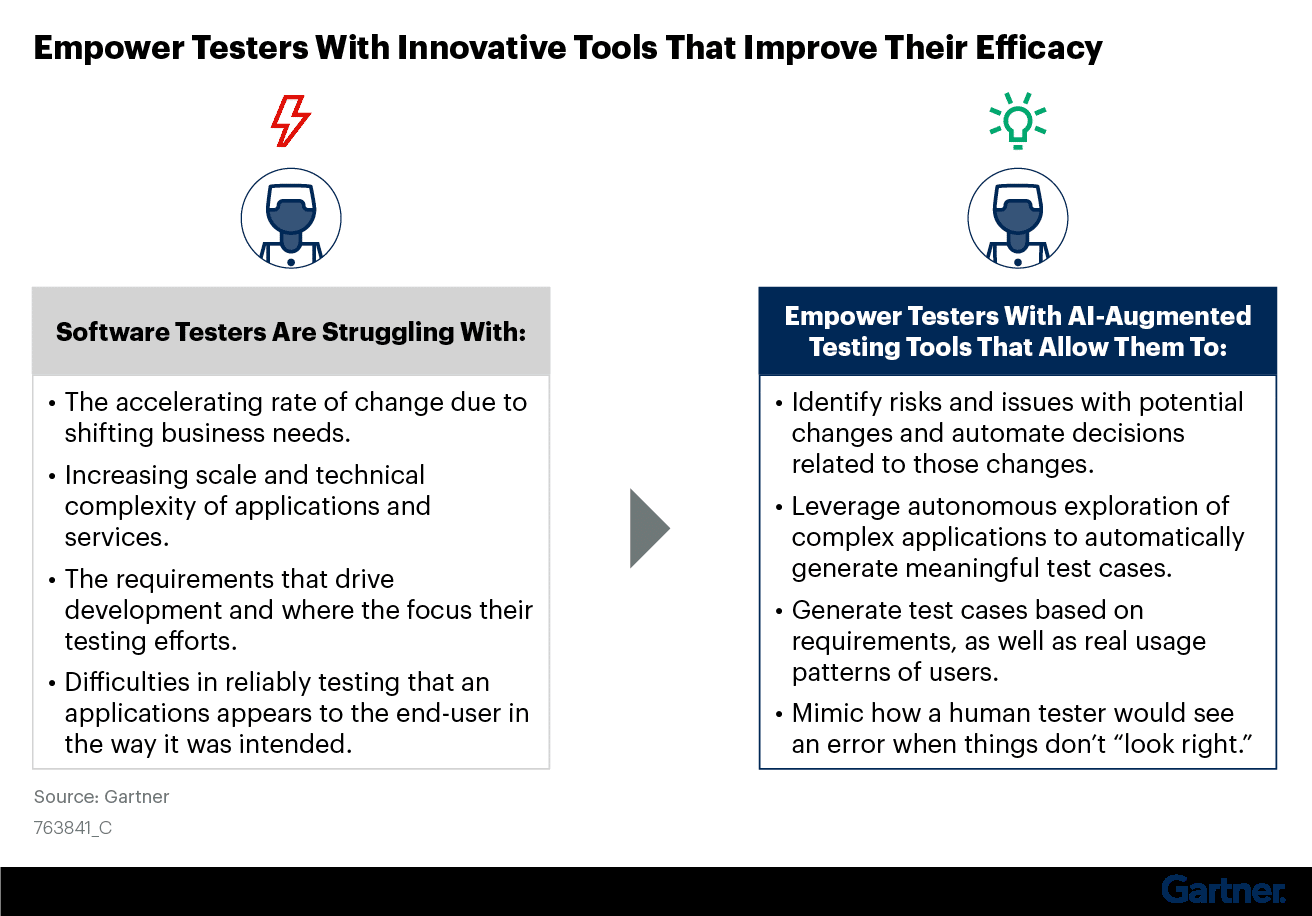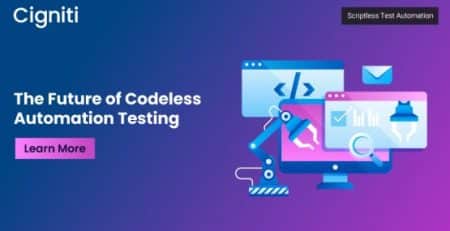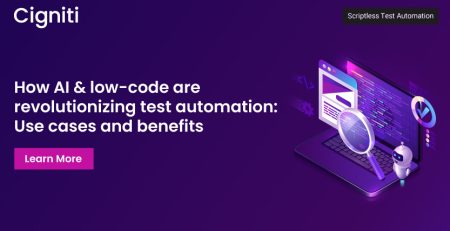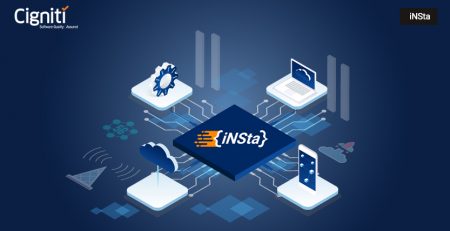How AI-Powered Test Automation Tools Can Address the Talent Shortage
Digital aspirations for global organizations are driving innovation-led initiatives. As Agility and Flexibility within the development life cycle become the norm, it is essential to re-emphasize the need for not just delivering fast, but also delivering quality and value at speed.
By putting customers at the center of the value chain, organizations are aiming to streamline their value delivery systems. However, they are struggling with the most important component to facilitate this – human resource.
According to a McKinsey survey of more than 1,500 senior executives globally, some 87% say their companies are not adequately prepared to address the skill gap. Evidently, talent shortage is a serious issue that the global IT sector is facing.
With the rapid technological advancements, it is humanly impossible to be abreast with all the new developments. Upskilling and reskilling also have their limitations. This is where, a harmonious marriage is necessary between technology and human resources. Let’s discuss how technology, while resulting in these challenges, can also be a solution.
The rise of AI-augmented software testing tools
“By 2027, 80% of enterprises will have integrated artificial intelligence (AI)-augmented testing tools into their software engineering toolchain, which is a significant increase from 10% in 2022”, predicts Gartner.
As per the Gartner Market Definition, AI-augmented, software-testing tools provide capabilities for advanced, self-optimizing and adaptive automated testing through the use of AI technologies, such as machine learning (ML), self-healing heuristics or computer vision. AI-augmented testing tools streamline, accelerate, and improve the test workflow, as models can be retrained based on the data collected from the activities they perform — thereby enhancing human productivity.
Test automation skillset gap in software testing
Manual testers bring domain expertise, business acumen, and emotional quotient to the overall testing process. At the same time, automation is imperative to accelerate software testing and align it with the overarching delivery timelines. While automation offers the promise of faster testing, implementing successful software test automation is another story.
In a Gartner survey, IT executives cited talent availability as the main adoption risk factor for the majority of IT automation technologies (75%) and nearly half of the digital workplace technologies (41%).
The pace at which applications evolve requires constant maintenance and upgrade of automation scripts. Manual testing is not feasible in such cases. Neither are there enough skilled resources, nor sufficient time to dedicate to getting the desired coverage. Especially, scripting-based test automation tools require programming skills that are rarely available at scale.
Democratizing test automation to bridge the skill gap
Gartner predicts that, by 2025, 70% of new applications will be developed with low-code/no-code technologies. These technologies help to eliminate manual processes and enable citizen developers to build applications, which increases employee engagement and productivity.
Democratization or leveraging ‘Citizen Developers’ using low-code/no-code scriptless tools can bring down the barriers to test automation by promoting collaboration across multiple personas of technical testers, dev testers, and business testers. AI-infused technologies coupled with multi-persona expertise will result in production-grade test automation suites and an accelerated test automation cycle.

Becoming deployment ready with iNSta
iNSta is designed to eliminate the barriers to test automation, which commonly are:
- Lack of skilled automation resources having the technical know-how spanning across the latest tools & technology stack
- Constantly changing application requirements resulting in high maintenance efforts
- Flaky and brittle tests causing test failures
- Lack of reusability in test assets and limited test coverage
- Low ROI due to continuously evolving applications that impact the effectiveness of test automation suites
- The inability of QA to match the velocity of development due to shortening time to change
Addressing these challenges would otherwise require significant human resources, time, and costs. iNSta being an AI-powered, self-healing, scriptless test automation tool helps mitigate the challenges through:
- Automated Test Planning & Test Design
iNSta has an intelligent test recorder that captures the visual interactions that a user has with an application. It captures all the steps and presents them in natural language in the front end. This is important because manual testers or business analysts who do not have a programmatic skillset can use business logic to design test scripts.
Further, iNSta also allows the users to add, delete, or modify a step, thereby, customizing the test script as per the test requirements. If any complex test scripts need to be written, the business analysts and manual testers can first develop the test script with iNSta. This test script can be then edited by technical testers to add their custom code. In this way, iNSta promotes true collaboration and democratization across the organizations. - Auto Scaling & Auto Healing
iNSta’s self-healing AI algorithms update element locators automatically as an application’s web element properties evolve. They identify and report automatic adaptation to application changes ensuring that tests recover and continue execution. There is an intelligent script maintenance engine that auto-remediates test scripts irrespective of the frequency at which AUT changes occur. This saves tremendous effort and time required to maintain the test suites, freeing critical resources to focus on complex activities. - False Positive Analysis & Debugging
The AI-powered False Positive Analyzer flags & categorizes failed tests as per the type of failure – automation, product, or system bug. This allows active investigation of false positives, resulting in efficient, fast, and accurate test result analysis reports. The Smart Debugger in iNSta helps execute test cases in debug mode, saving time in tracing the bug and reproducing the error. - Visual Validation
iNSta has a machine vision-powered Visual Validator to validate the GUI while automation scripts are being executed. Apart from being used as a Visual validation feature, it supports Auto healing as a backup locator strategy, eliminating test flakiness for higher test efficiency and ensuring more reliable test suites.
To sum up
Amidst The Great Resignation, the lack of skilled resources is becoming a serious issue, hampering overall organizational growth. Addressing this talent shortage has therefore become a top business priority. Democratization of test automation is offering a pragmatic solution to this challenge.
iNSta does not limit democratization to only test script creation but extends to the end-to-end test automation process. From test planning and designing to test execution and reporting, there are several features in-built into iNSta to make it a platform that promotes collaborative and effective test automation and resolves major test automation barriers without vendor lock-in.
This is the first blog in a series of blogs that would discuss the common test automation barriers and how low-code/no-code democratization can help overcome them.
To explore iNSta for your organization, connect with us today.





Leave a Reply